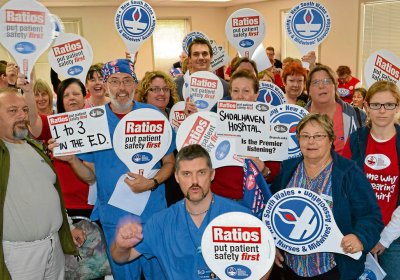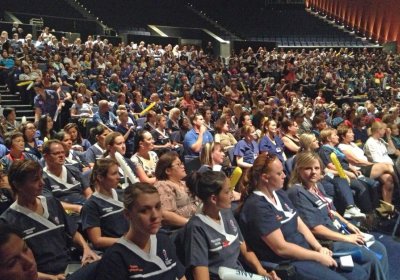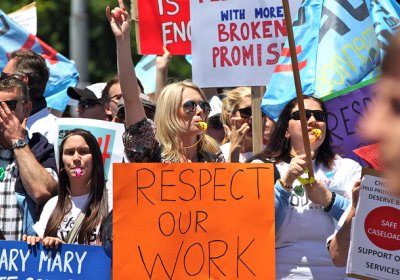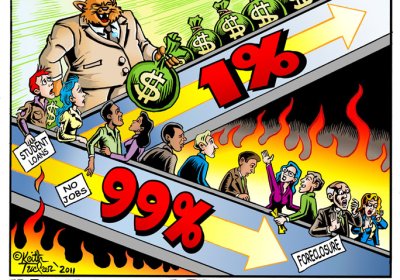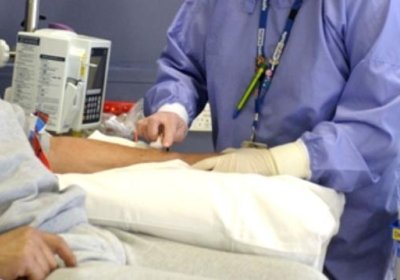More than 10,000 nurses and midwives went on strike and marched on NSW Parliament to demand a fair pay deal and better conditions. Isaac Nellist reports.
nurses
Frontline health workers say the system is “on the brink” as a result of underfunding. Green Left interviewed Maya*, a student nurse, who has been forced to take on a critical role.
Nurses at Victoria's Thomas Embling psychiatric hospital walked off the job for two hours on June 14 because of safety concerns.
The Health and Community Services Union said there had been 100 incidents at the hospital in the past three months, including one in which four people were injured.
Thomas Embling has 116 beds and most patients are transferred from the prison system or ordered by the courts to undergo psychiatric assessment or care. It has housed some of Victoria's most dangerous psychiatric patients, including Masa Vukotic’s killer Sean Price.
It’s reasonable to expect, that if you visit a relative or friend in a nursing home in NSW, you will find a registered nurse on duty. But that could change this year.
The NSW Public Health Act currently requires all “nursing homes” in the state to have a registered nurse on duty 24/7. However, changes to the federal Aged Care Act in mid-2014 have now undermined this requirement.
Mass stopwork meetings of NSW Nurses and Midwives Association (NSWNMA) members on July 24 resolved that: "Public health system nurses and midwives will escalate their community and workplace campaign to convince the NSW government that the nursing hours/ratios system should be extended to more clinical areas, and improved to guarantee the same minimum levels in all hospitals in NSW.
About 10,000 nurses and midwives across Western Australia were threatened with disciplinary action and deregistration by the state’s director general if they went ahead with a 24-hour strike on February 25.
The evening before the planned action, WA premier Colin Barnett intervened to offer the nurses a 14% pay rise over three years.
Australian Nursing Federation (ANF) members accepted the offer after voting at a mass meeting on February 25.
It was great to see all big health unions in Victoria hold a joint community rally on February 3 to protest against the state and federal governments’ slashing of health funding in Victoria. But any casual observer couldn’t help feeling that a re-elect Labor strategy was lurking.
It was true that all of the secretaries from the key health unions roundly condemned the state Coalition and federal Labor governments for the $107 million cut to be implemented by June this year. The cut will result in more than 300 beds closing, elective surgery delays and job losses in many hospitals.
"This is a bittersweet victory for nurses and midwives after an unprecedented industrial marathon with the Baillieu Government to protect patient care and secure a fair pay rise.” — Lisa Fitzpatrick, State Secretary, Australian Nursing Federation (Victoria).
The Australian Nursing Federation (ANF) of Victoria has had a good win. At a time when the employers are on the march, the Victorian ANF ran a campaign that involved two periods of industrial action, including bed closures, elective surgery cancellations and four hour rolling stoppages twice a day.
Thousands of Victorian nurses, mental health workers, public servants and others have been trying to negotiate new enterprise bargaining agreements with the Coalition government.
Premier Ted Baillieu's intransigent state government has insisted it will not agree to any pay rises above 2.5% a year without productivity trade-offs.
The exception was the police force, which won a 4.5% annual pay rise a few days after more than 500 police violently evicted Occupy Melbourne protesters from City Square.
Nurses in Victoria are being threatened with an Alan Joyce-style lockout because they have campaigned for a modest 3.5% pay rise (just to keep up with the rising cost of living), superannuation and overtime improvements, and keeping patient-to-nurse ratios.
Australia’s four big banks, meanwhile, have announced a combined annual profit of $24.4 billion, up 12% from $21.7 billion a year ago.
This speaks volumes about the grossly distorted priorities in our society.
It was “shameful” of the Victorian Liberal government, the Victorian Hospitals Industrial Association (VHIA) and the state's hospitals to consider locking out nurses or using a strikebreaking workforce to end the enterprise bargaining campaign of public sector nurses, Australian Nursing Federation (ANF) state secretary Lisa Fitzpatrick said on November 9.
The Tasmanian Labor-Greens coalition government has forged ahead with savage cuts to the state’s health services, causing anger, frustration and despair in the community. More than 7600 people have been languishing on the elective surgery waiting list. Yet the government said on October 4 that it would cut elective surgery by $58 million over the next three years.
This will cause 130 health jobs to be lost and wards to be closed in all the state’s big hospitals. It is possible that only emergency cases will be dealt with in future.




